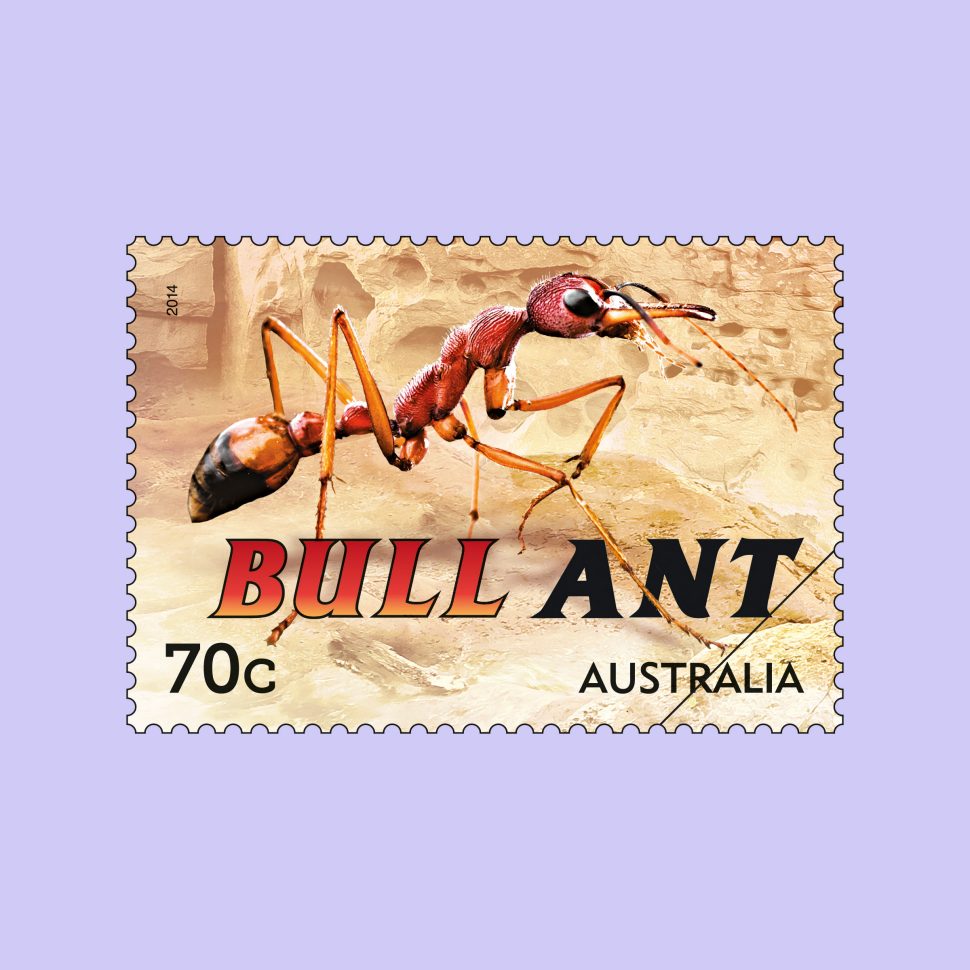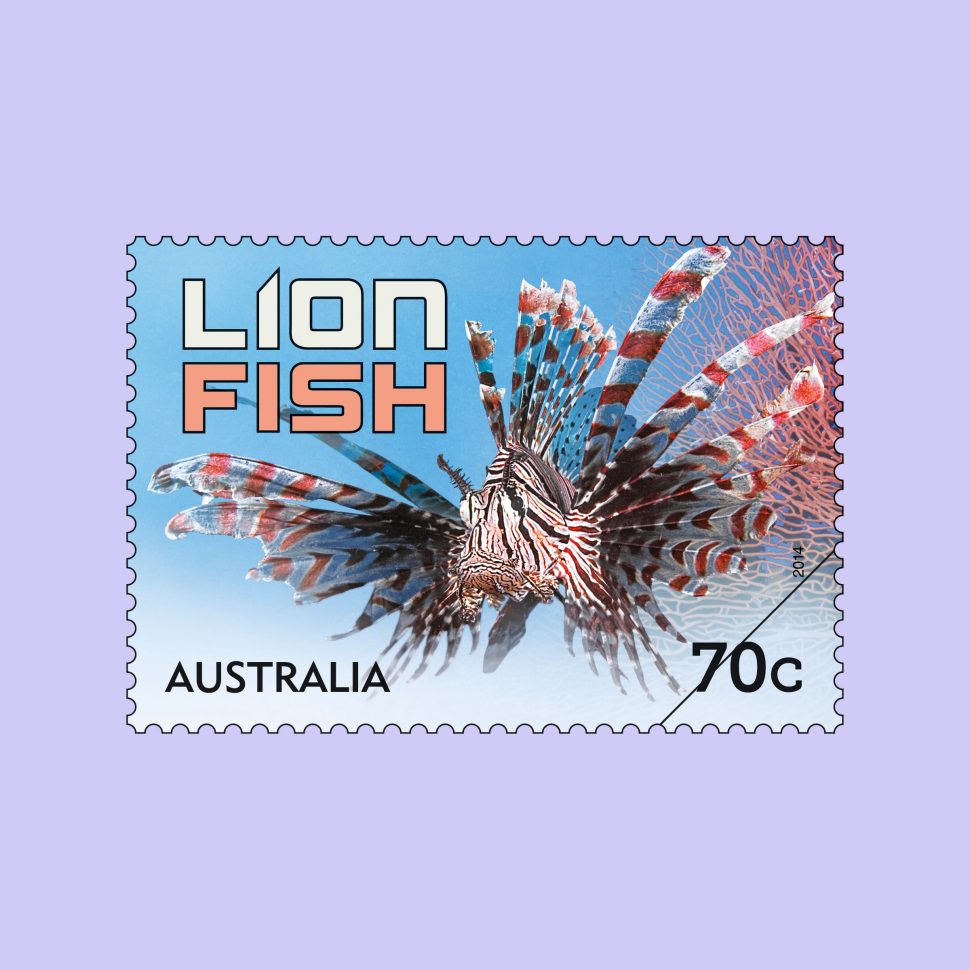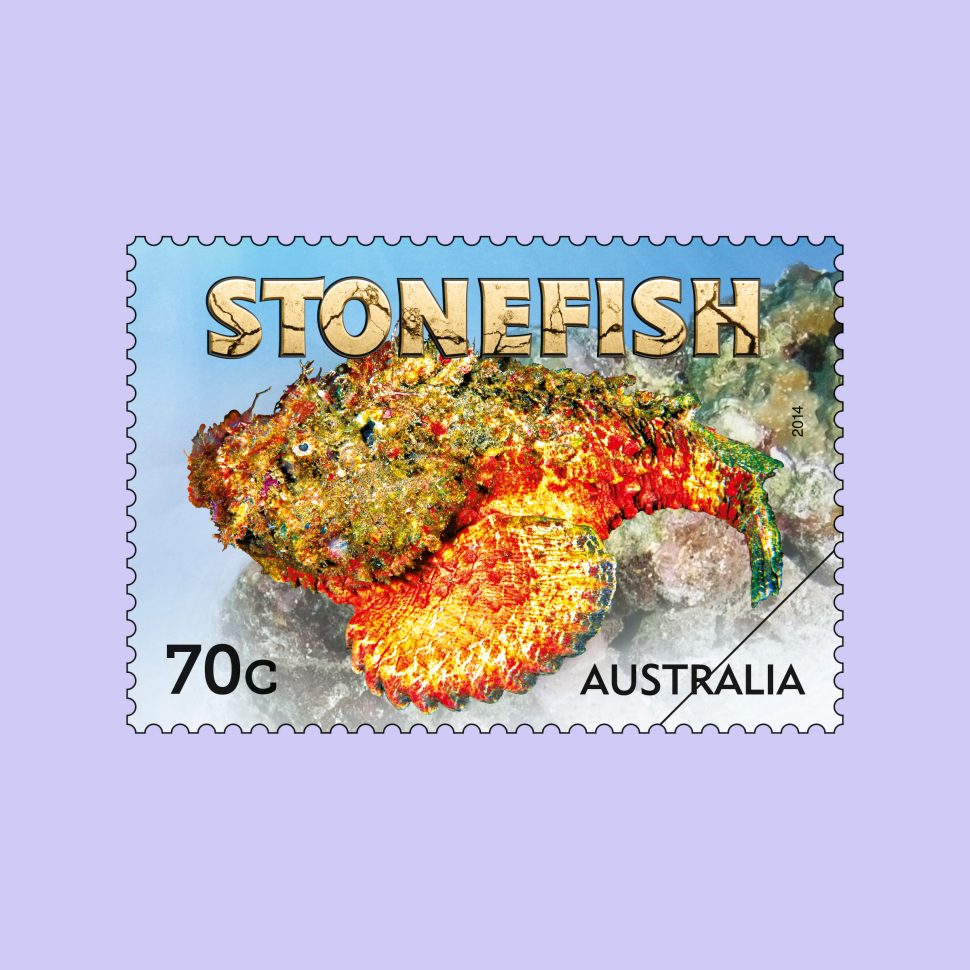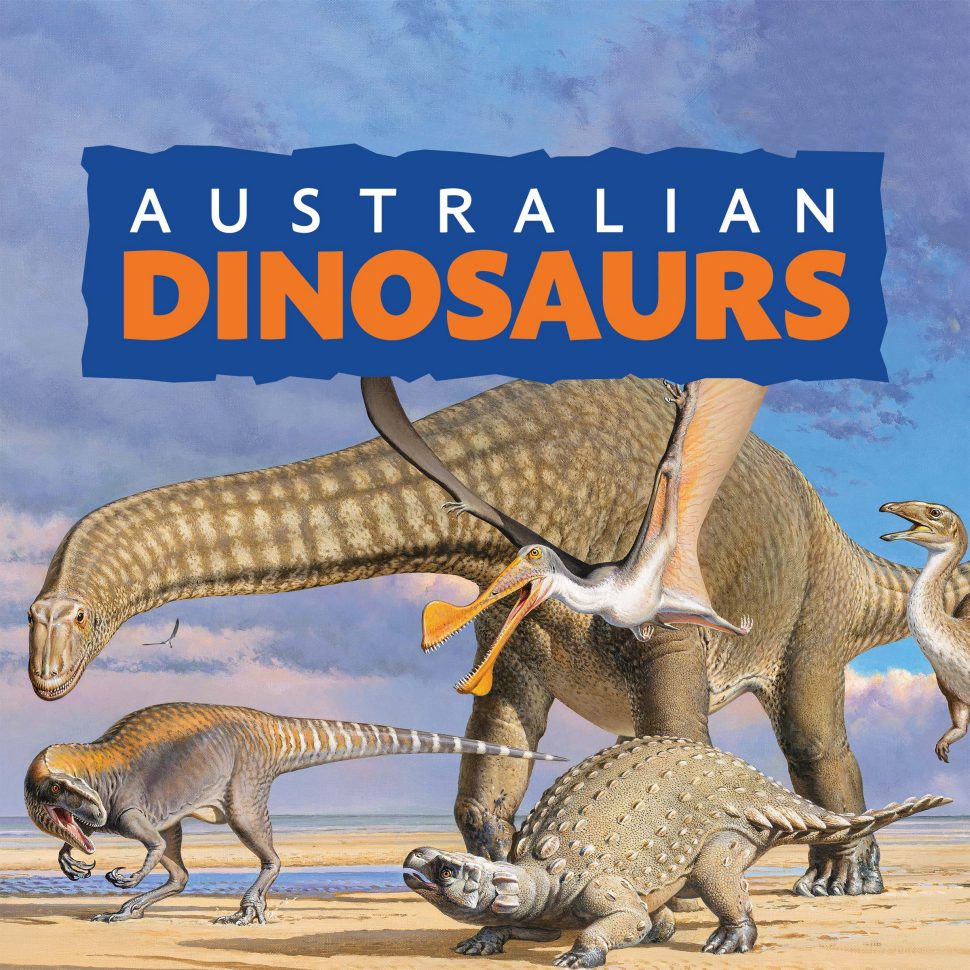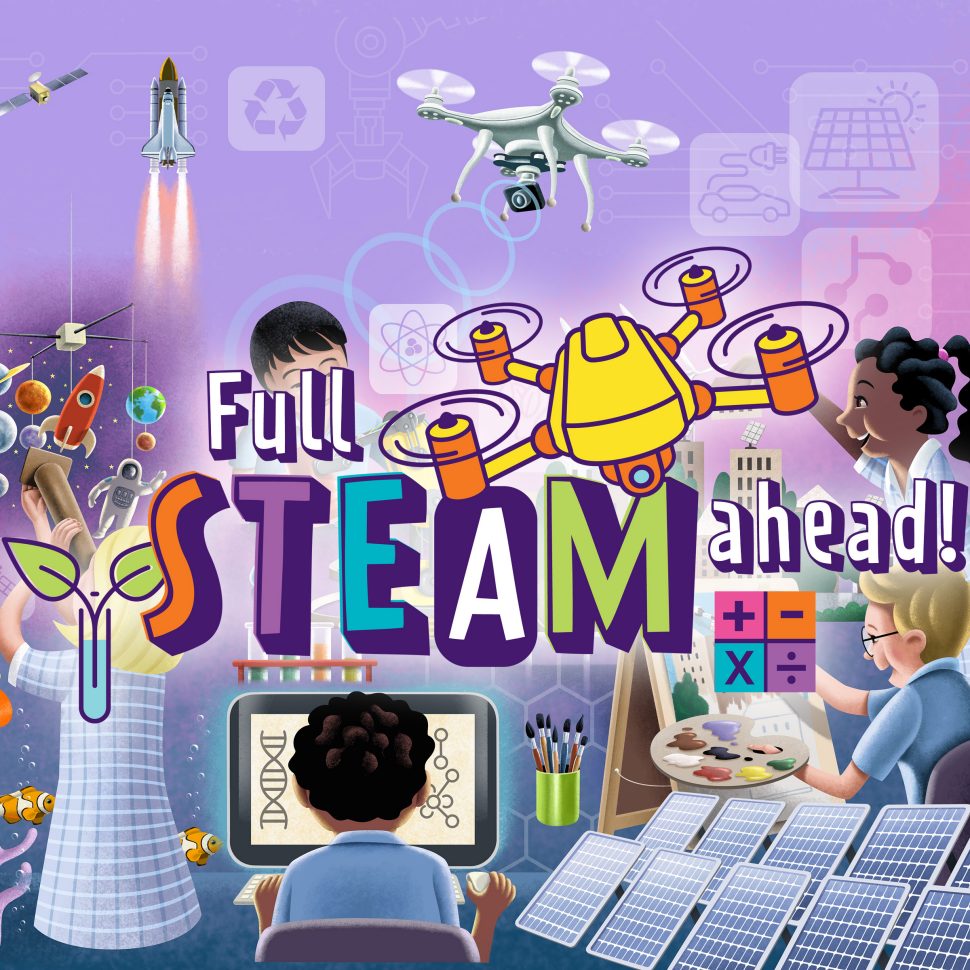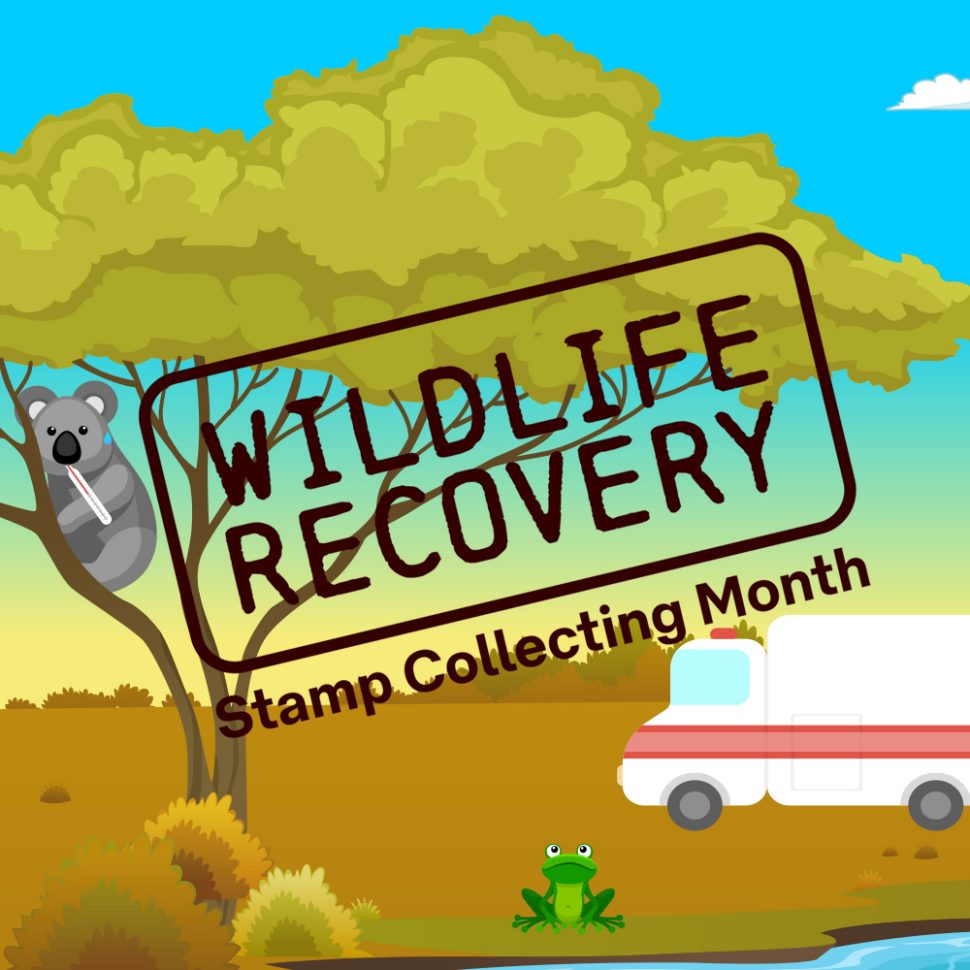
Vespula germanica
The European Wasp can be identified by its bright yellow and black striped abdomen, black antennae and a pair of black spots on each yellow stripe.
They are relatively small, between one and one and a half centimetres in size, and fly with their legs close to their body. They live in large communal nests made from chewed wood fibre, normally only visible as a small entrance hole in wall cavities, ceilings, logs or trees. Worker wasps from the nest are responsible for searching for food, and are attracted to meats, sweet food and sweet liquids (which is why you sometimes find them at your outdoor BBQ or picnic!).
The wasp is native to Europe, North Africa and Asia and is regarded as a pest in Australia. It was first found in Tasmania in 1959 and is now also common throughout many southern regions of the mainland. The European Wasp is aggressive and can sting repeatedly, especially if their nests are disturbed. The sting is painful and can cause an allergic reaction in some people.

